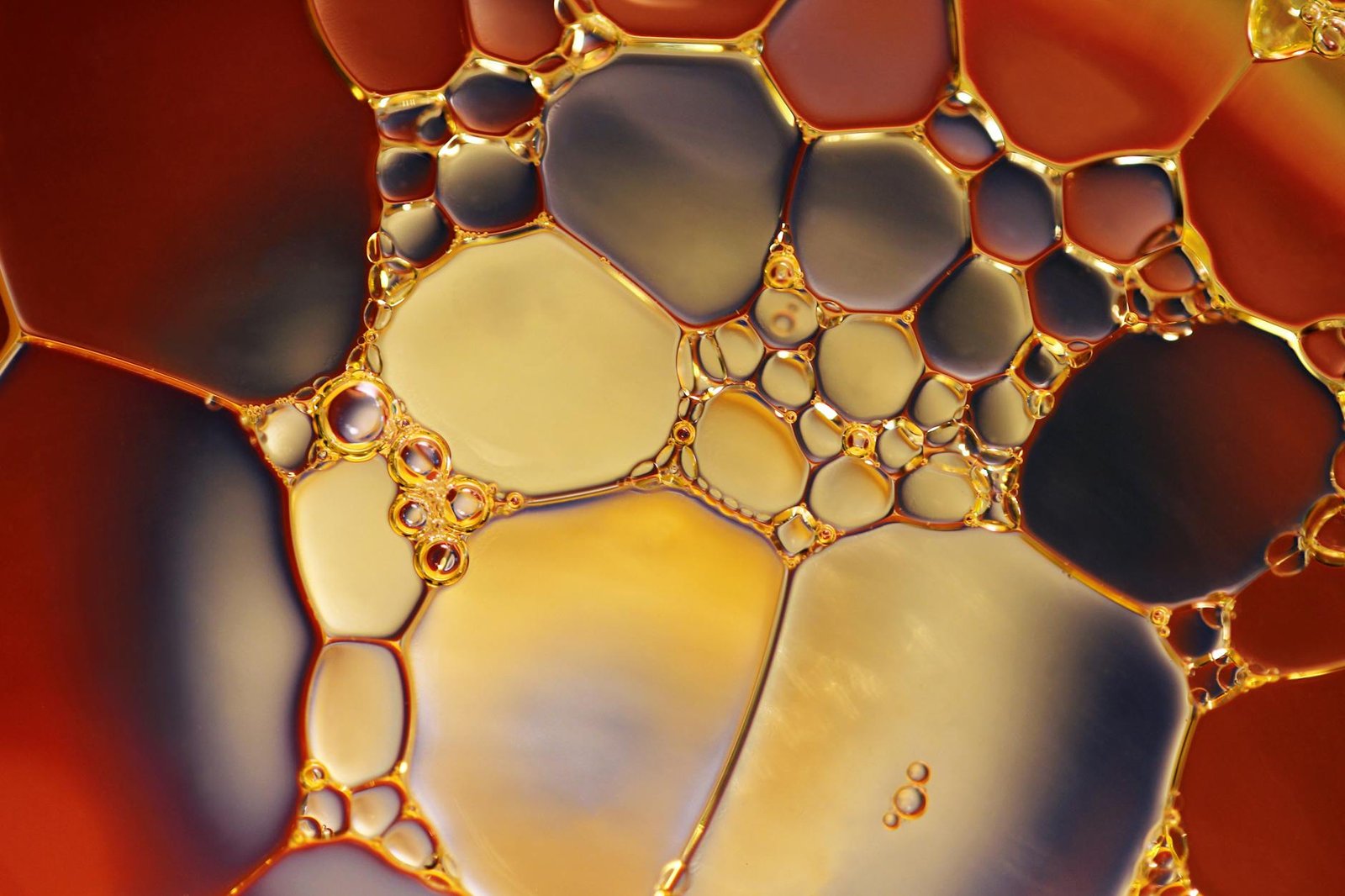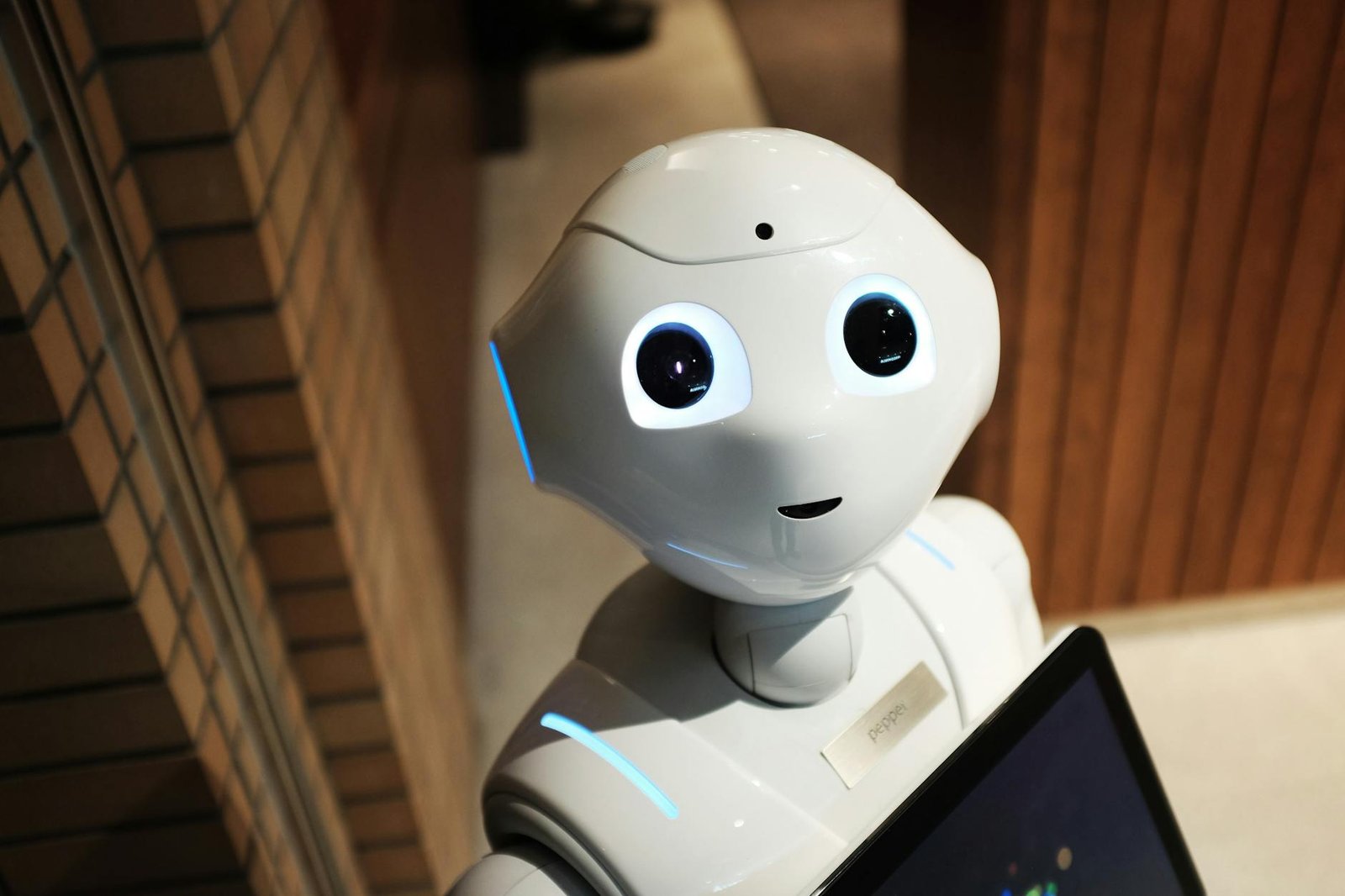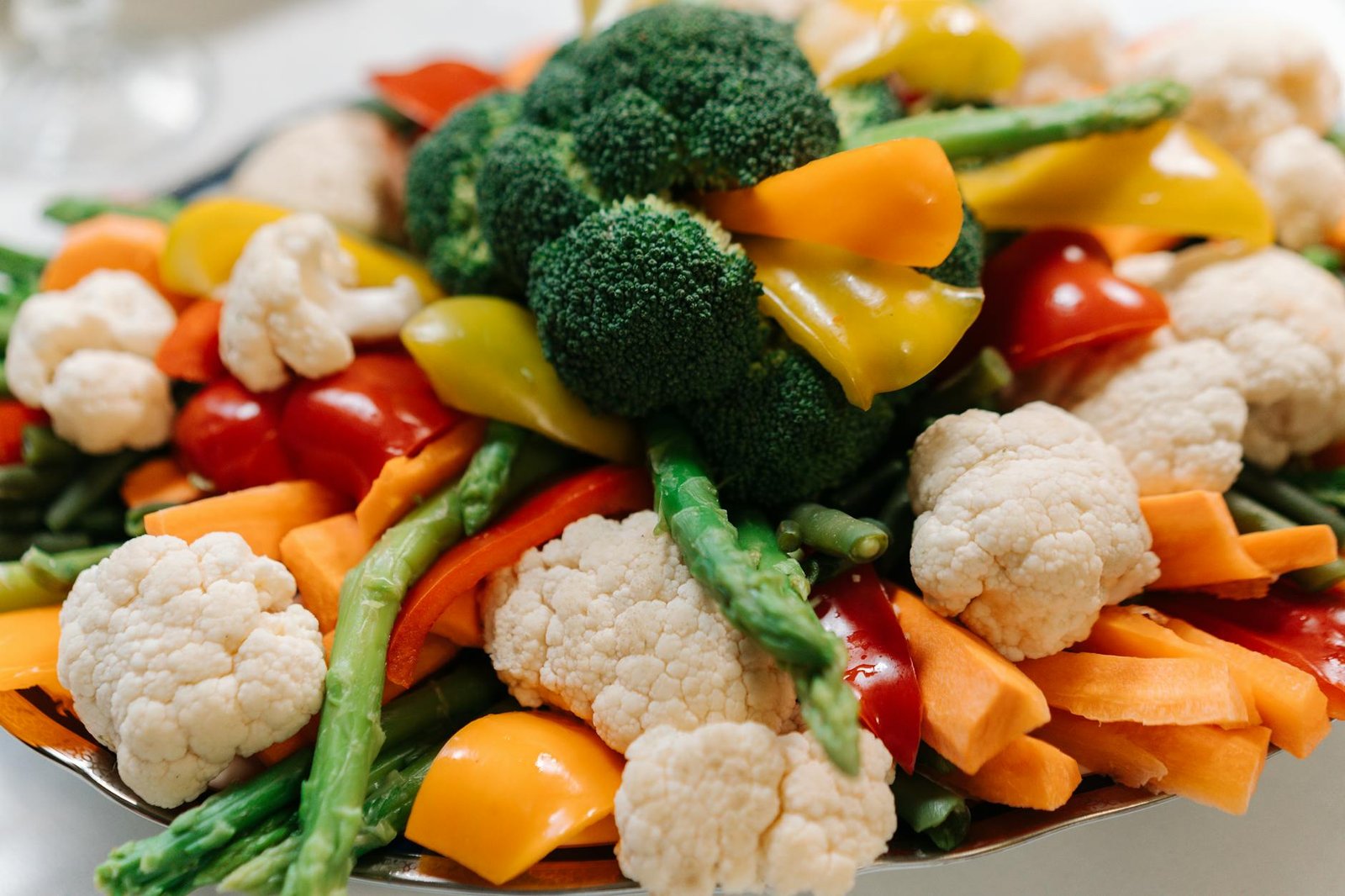
💫 Introduction: The Chemistry of Attraction
Atoms, like humans, don’t like being alone. Most of them seek balance — a kind of completeness in their outer shell of electrons. To achieve this, they form bonds. Think of these bonds as friendships, partnerships, or even cosmic love stories where atoms come together to create the matter that makes up everything — from water to DNA, from rust to diamonds.
This article explores the enchanting world of chemical bonding — how atoms connect, why they do it, and what types of relationships they form.
🧪 Why Do Atoms Bond?
Atoms bond to achieve stability. Most atoms follow the Octet Rule — they want eight electrons in their outermost shell, like the noble gases (which are naturally stable).
To reach this goal, atoms will:
- Share electrons
- Donate electrons
- Accept electrons
This drive creates different types of bonds — ionic, covalent, and metallic.
⚡ 1. Ionic Bonds: The Electron Transfer Deal
🟢 What happens?
One atom gives away one or more electrons to another atom, which accepts them.
This forms:
- A positive ion (cation) – the giver
- A negative ion (anion) – the receiver
These oppositely charged ions are held together by electrostatic force.
🧂 Real-World Example:
Sodium (Na) gives one electron to Chlorine (Cl)
→ Forms Sodium Chloride (NaCl) — common salt
🧠 Traits:
- High melting and boiling points
- Often crystalline solids
- Conduct electricity when dissolved in water
🔗 2. Covalent Bonds: Sharing is Caring
🔵 What happens?
Two atoms share one or more pairs of electrons.
Instead of transferring, they co-operate, creating strong mutual bonds.
💧 Real-World Example:
Two Hydrogen atoms share electrons with Oxygen
→ Forms H₂O (Water)
🧠 Traits:
- Found mostly in nonmetals
- Can be solid, liquid, or gas
- Lower melting points than ionic compounds
- Don’t conduct electricity
🧪 Types of Covalent Bonds:
- Single bond (1 shared pair): H–H
- Double bond (2 pairs): O=O
- Triple bond (3 pairs): N≡N
⚙️ 3. Metallic Bonds: Electrons in a Sea of Freedom
🟠 What happens?
In metals, atoms release some electrons, which float freely.
These delocalized electrons form a “sea” that holds the metal atoms together.
🔩 Real-World Example:
Copper (Cu), Iron (Fe), Aluminum (Al)
🧠 Traits:
- High conductivity (electricity and heat)
- Malleable (can be shaped)
- Ductile (can be drawn into wires)
- Shiny and strong
🧭 Comparing the Three Types
| Property | Ionic | Covalent | Metallic |
|---|---|---|---|
| Electron Movement | Transferred | Shared | Delocalized |
| Example Compound | NaCl | H₂O, CO₂ | Fe, Cu |
| Conductivity | In solution | Poor (except some) | Excellent |
| Bond Strength | Strong | Medium to strong | Variable |
🧠 Key Terms to Remember
- Ion: A charged atom (positive or negative)
- Valence Electrons: Electrons in the outermost shell
- Octet Rule: Atoms try to get 8 electrons in their valence shell
- Molecule: A group of atoms bonded together (usually covalently)
- Lattice: A repeating structure seen in ionic compounds
🌍 Where Do We See These Bonds?
In Life:
- DNA: Holds genetic information via covalent bonds
- Water: Covalent bonds in every drop
- Teeth & Bones: Made of ionic compounds like calcium phosphate
In Industry:
- Alloys: Metallic bonds in bronze, steel
- Medications: Ionic and covalent bonds in active ingredients
- Batteries: Rely on movement of ions
📚 Practice Questions
- What type of bond forms between Sodium and Chlorine? Explain why.
- Why do atoms follow the Octet Rule?
- Compare ionic and covalent bonds in terms of electrical conductivity.
- What makes metals good conductors of electricity?
- Is H₂O ionic or covalent? Justify your answer.
🌟 Final Reflection
Chemical bonds are the invisible threads that weave the universe together. Without them, matter wouldn’t exist. They explain why salt dissolves in water, why diamonds are so hard, and why metals shine. Understanding bonds is like learning how atoms form relationships — some cling tightly, some share kindly, and some party freely in electron seas.
In chemistry, love isn’t blind. It follows rules — electrons always lead the dance.









